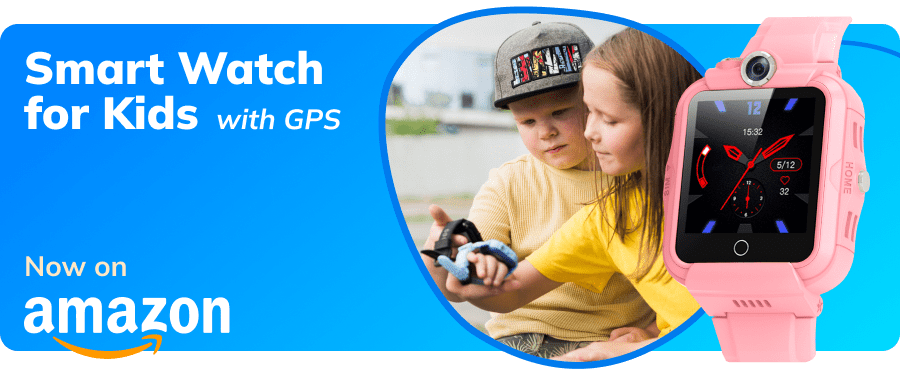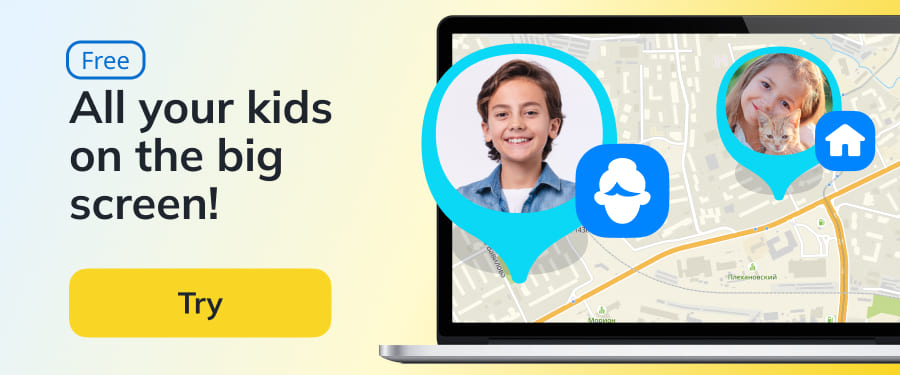When Your Child Can’t Stop Scrolling TikTok

TikTok videos, YouTube Shorts, or Instagram Reels have become part of everyday life for kids and teens. They’re funny, colorful, fast-paced, and they seem almost impossible to turn away from. More and more parents are asking why their child can’t stop watching and how to respond in a way that actually helps.
Why TikTok Feels Impossible to Put Down
The format itself is designed to hold attention. Algorithms tailor the feed to your child’s interests, the videos are short and constantly changing, and almost every video has upbeat music, humor, or a surprise twist. All of this triggers dopamine—the brain’s pleasure chemical.
A child’s brain is still learning to regulate emotions and impulses, which makes this type of content especially tempting.
What Science Says These Videos Do to Kids’ Brains
Researchers note that excessive use of short video platforms is linked to higher anxiety, lower self-esteem, and sleep disruption.
More findings:
- A 2024 systematic review found that kids and teens who use TikTok heavily are more likely to experience emotional burnout and struggle to limit their own screen time.
- Endless scrolling fuels the fear of missing out or being left out of conversations, leading to anxiety and dependence on constant updates.
- Constant comparison with others on screen can lower self-esteem, especially in sensitive teens.
- Watching videos before bed affects sleep quality, makes it harder to fall asleep, and increases irritability.
- Frequent exposure to short videos can reduce attention span and memory retention. It creates a quick reward effect, making it harder for kids to engage in activities that require patience, persistence, or long-term focus.
Signs Your Child Is Hooked on Short Videos
You might notice your child becoming irritable, avoiding other activities, and spending all their free time on their phone. Even if the videos are educational or entertaining, the constant stream doesn’t give the brain time to rest.
Your child may have trouble focusing, staying interested, and finishing tasks. Fatigue, low energy, and a lack of motivation to do anything off-screen can set in.
What’s Really Behind the Scroll—and How to Help
Behind endless scrolling may be loneliness, fatigue, or anxiety. Your child might not realize they’re feeling this way—they just press play again.
Here are ways to help without pressure, so your child feels supported rather than controlled:
- Ask gentle, caring questions that show you’re paying attention: “You look tired. Want to take a little break?”
- Instead of a hard ban, offer an alternative—a walk, a shower, or music without a screen.
- Help them name and recognize their feelings, especially during moments of fatigue or frustration.
- Be present not just in specific moments but in daily life, so your child feels there’s an adult who genuinely cares, even if they’re not ready to talk yet.
How to Set Screen Limits Without a Fight
If your child is watching a lot of short videos, there’s no need to panic. The format is genuinely engaging, especially when someone wants to distract themselves from stress. But with your support, balance is possible.
Avoid sudden, strict bans. Instead, set clear, gentle boundaries. For younger kids, that might mean a simple routine: “After school is rest time, then screen time,” “No screens in bed,” “Not at night.”
With older kids, focus on conversations: “What are you watching?” “How do you feel afterward?” Demonstrate a lack of judgment and real interest in their answers.
Watch together, discuss, joke, and share. This is part of growing up, and a parent’s presence matters far more than any content filter.
⠀
TikTok, Reels, and Shorts aren’t the enemy. They’re part of today’s digital culture for kids and teens. Our goal isn’t to ban them entirely, but to help kids understand how short videos affect them and what exactly draws them in. With your support, it’s easier for them to recognize why they watch, and to choose when it’s time to take a break.
References:
- Exploring Problematic TikTok Use and Mental Health Issues: A Systematic Review of Empirical Studies, International Journal of Environmental Research and Public Health, 2024
- Can’t stop scrolling! Adolescents’ patterns of TikTok use and digital well‑being, Humanities and Social Sciences Communications, 2024
- Screen Time and Its Health Consequences in Children and Adolescents: A Narrative Review, Children — Multidisciplinary Digital Publishing Institute, 2023
- Youth Screen Use in the Adolescent Brain Cognitive Development Study, Journal of Adolescent Health, 2021
- The Common Sense Census: Media Use by Tweens and Teens 2021, Common Sense Media, 2021
Проверьте электронный ящик



















